2019 Toyota Avalon: Open Wide for a Modern, and More Aggressive Boulevard Cruiser

As we told you not too long ago, Toyota’s sticking with its traditional car lineup in the face of declining sales — clinging to it, really. How else could you explain not only the continued existence of the full-size Avalon sedan, but a wholly new generation of it?
That’s what we have here this morning in Detroit. The 2019 Avalon, the fifth-generation of a lineage dating back to the 1995 model year, is here. It’s longer, lower, wider, faster, thriftier, and plusher than before, while boasting enough technology to impress or confuse just about anyone who might find themselves behind the wheel.
Riding atop Toyota’s modular TNGA platform, the revamped Avalon comes in two flavors: regular and hybrid. A new-generation 3.5-liter V6 of undisclosed power drives non-hybrid models, while an electrified variant of the 2.5-liter four-cylinder found in the new Camry goes to work in the hybrid model.
Both engines share automotive suitors. In the Camry, the V6 makes 301 hp and 267 lb-ft of torque; the lesser engine, also available with a hybrid in the Camry, makes 203 hp and 184 lb-ft. We’ll have to wait and see if the specs change at all. For 2019, the Avalon ditches its old six-speed transmission for an eight-speed unit with a taller top gear, allowing for low-RPM highway cruising and an uptick in fuel economy. (Tightly-spaced gears in the middle of the range aid in passing.)
Looking at the new Avalon, the most obvious discovery is that Toyota designers somehow managed to find a way to make its grille bigger. The 2019 Avalon’s yawning face chasm is even larger than the previous generation’s gaping maw, and is now available in two colors, depending on trim level. It’s all face, with only some slim LED headlamps infringing upon the model’s whale-sized kisser. Towards the lower corners of the giga-grille, tall, narrow vents improve the model’s aerodynamics but shuttling airflow into the front wheel wells and across the wheel face, preventing drag-inducing turbulence.
Yes, it’s a slipperier car, both on paper and in the flesh. Coefficient of drag, at 0.27, bests last year’s model (0.28). The nod to aerodynamics is seen in the Avalon’s bodyside lines, especially the strong character line that broadens like a valve towards the rear flanks, and the scalloping seen along the lower body. A rear spoiler and “substantial” underbody panel coverage aids in the car’s fuel-sipping mission.
Elsewhere, weight savings were found wherever possible, and engineers shored up any sources of excess energy loss. Power drain in the hybrid transaxle has supposedly shrunk by 20 percent, and the cooling system’s energy loss is now down 10 percent. If that wasn’t enough, Toyota’s new Auto Glide Control maximizes the range of the vehicle’s coasting — another nod to efficiency.
Unfortunately, we can’t tell you the fuel-consumption figure Toyota’s shooting for. But customers seem much less likely to be interested in that area than the Environmental Protection Agency. Clearly, comfort and convenience are the hallmarks of a near-premium vehicle, and the Avalon’s reshaped body handles the first half of that equation. Wheelbase stretches a further 2 inches, but the passenger cabin stretches an extra seven inches, forcing engineers to add 2.2 inches to the quarter glass and C-pillar. Overhangs, both front and rear, shrink.
The Avalon’s headlights and taillights undergo a complete revamp, with the rear clusters sending out all information from an interconnected line of LEDs. In the front, LED Vision Tech lamps tap a number of reflectors and thin lighting modules for a all-seeing nighttime experience. There’s two new technologies here. Adaptive LED Corning Lamps assist drivers while making a turn by lighting, as needed, the surrounding environment. Meanwhile, the brand’s Dynamic Auxiliary Turn Signal lights the signal’s individual diodes in a sequential fashion, calling even more attention to your impending course change.
Inside, soft-touch materials abound, mingling with real and engineered wood trim, plus aluminum trim. Toyota promises best-in-class shoulder, leg and headroom in the spacious cabin. “Cognac” joins the leather roster as a new grade/color, while similar changes are afoot in the Ultrasuede and Softex realms. It shouldn’t be too hard to ensure a proper coddling.
For infotainment, a 9-inch touch screen with “pinch and slide” functionality sits atop a redesigned, tablet-like center stack; drivers also get a 7-inch multi-information display in the gauge cluster. Top-level Touring models see four drive modes (instead of three) and receive Toyota’s Adaptive Variable Suspension as standard kit. This system adjusts damping in 20 milliseconds. For trims not endowed with AVS, spring and stabilizer bar stiffness increases across the board.
Naturally, there safety aids to spare — the full Safety Sense P suite of technologies lands in the Avalon buyer’s lap.
Amazingly, Toyota decided buyers needed even more excitement while behind the wheel of an Avalon, so the automaker did something unusual. In Sport + mode, the vehicle boosts its exhaust note with a series of baffles, amplifying the drone, rumblr, or burble via the stereo system’s speakers. There’s also an intake sound generator, just so the concert includes breathing.
How such a system made its way into an Avalon is hard to fathom. The Avalon’s a safe, solid vehicle that traditionally appeals to sensible geriatrics who don’t like breakdowns or anything too fancy. Just how many new, younger buyers Toyota could poach with its new model remains a mystery. The passenger car market, and especially the full-size segment, is plummeting towards zero.
Avalon sales sank 52 percent in the U.S. in December, year-over-year. Volume in 2017 was 18.7 percent lower than in 2016, and 53.5 percent lower than the Avalon’s best post-recession year, 2013.
The 2019 Toyota Avalon hits dealer lots in late spring of this year. Pricing has yet to be announced.
[Images: Toyota]

More by Steph Willems
Latest Car Reviews
Read moreLatest Product Reviews
Read moreRecent Comments
- Lou_BC Well, I'd be impressed if this was in a ZR2. LOL
- Lou_BC This is my shocked face 😲 Hope formatting doesn't fook this up LOL
- Lou_BC Junior? Would that be a Beta Romeo?
- Lou_BC Gotta fix that formatting problem. What a pile of bullsh!t. Are longer posts costing TTAC money? FOOK
- Lou_BC 1.Honda: 6,334,825 vehicles potentially affected2.Ford: 6,152,6143.Kia America: 3,110,4474.Chrysler: 2,732,3985.General Motors: 2,021,0336.Nissan North America: 1,804,4437.Mercedes-Benz USA: 478,1738.Volkswagen Group of America: 453,7639.BMW of North America: 340,24910.Daimler Trucks North America: 261,959


























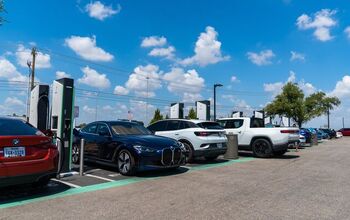

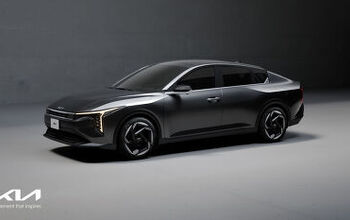

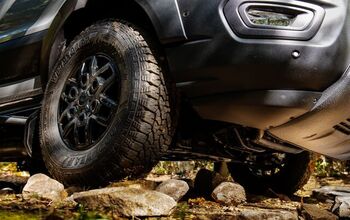
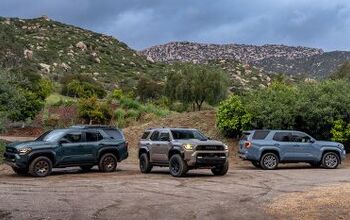
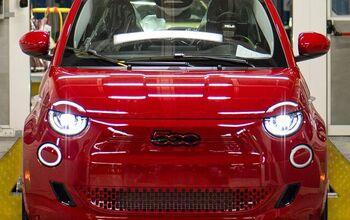
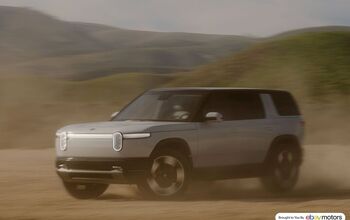
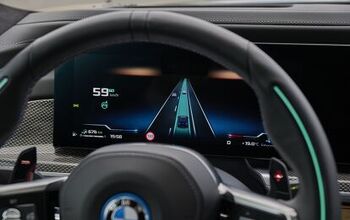
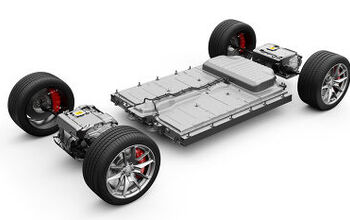

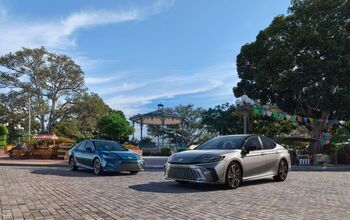

Comments
Join the conversation
Please fix the giant front hideous grille and we can consider the car - it hurts my eyes to look at it. What were they thinking???
That grille is a cheap plastic abomination...way out of proportion to the rest of the body. Are those guys at the Calty design center serious? The front fascia went from bad in previous generation to ludicrous. Too bad because the rest of it has a brawny bold substantial, and sleek, look.